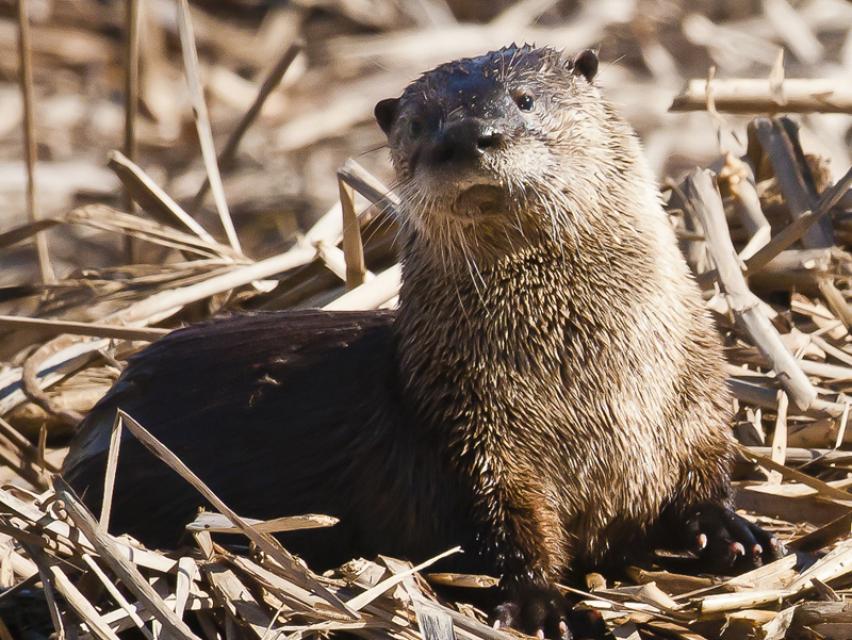Sacramento-San Joaquin Delta Fish and Wildlife
The Sacramento-San Joaquin Delta supports more than 55 fish species and more than 750 plant and wildlife species.
Over times, the home of these species-the Sacramento-San Joaquin Delta ecosystem-has been impacted for many decades by human activities, such as gold mining, flood protection and land reclamation. Along the way, more than 200 exotic species have been intentionally or accidentally introduced.
Today, there are urban and agricultural contaminants throughout the system and water project operations have altered the natural amount, duration, direction and timing of water flows.
Background
Commercial fisheries were also founded throughout the Bay and Delta for smelt, sole, flounder, sardine, herring and anchovy. There were little controls on these fisheries, and in time, over-fishing contributed to declines in native species. Fishing interest groups also intentionally introduced fish species from outside the Delta to help support commercial and recreational fishing. In some instances, these foreign fish were preyed upon by the species native to the Delta.
These factors have taken their toll on the estuary’s fish and wildlife.
In late 2004, for example, scientific studies showed that the Delta’s pelagic organisms (those that swim or float freely in open waters) were declining. This was particularly the case for fish, though in the past zooplankton and shrimp populations have crashed as well.
More alarming, scientists determined a long-term decline for several species, including dramatic changes between 2002 and 2004 for young striped bass and the Delta smelt— a 3-inch fish found only in the Delta.
The smelt is considered especially vulnerable because it lives just one year, has a limited diet and exists primarily in brackish water.
But the smelt’s tendency to swim near the State Water Project and Central Valley Project export pumps in the South Delta has complicated water deliveries to farmers and cities. The state uplisted the smelt as “endangered” in 2009.
Today
Today, about 100 Delta wildlife species, 140 plant species and 13 species of fish are considered “special status” – meaning species with some form of legal or regulatory protection by federal or state agencies.
In one example of the changing status of certain species, Chinook salmon runs in the Sacramento and San Joaquin river basins once numbered in the millions.
Four runs of Chinook salmon are now found in the Sacramento River, characterized by the time of year they pass under the Golden Gate Bridge on their upstream journey through the Delta to spawn. Most attention has been focused on the winter-run Chinook salmon, an endangered species, and the spring-run, a threatened species. The winter-run population reached a low point in 2007 and 2008, but efforts to improve conditions have increased the population.
Meanwhile, scientists say the low numbers of fish species are unsurprising, particularly because of human activities, drought and pumping operations [see also Delta Litigation]. For example, numbers show that since the big Delta export pumps started operating, the numbers for fish have fallen dramatically.
Scientists stress that export pumping restrictions are meant only to reduce the pumping operations (since no take is allowed of a listed species without a permit) and to help prevent the fish from being driven to extinction. While such steps can help the decline of some species, they do not directly facilitate fish recovery [See also Bay Delta Conservation Plan].
Scientists also note it is difficult to clearly quantify the effects of water management actions on survival and recovery of endangered juvenile salmon populations and other species.
With a clearer picture of the precarious state of Delta fish and wildlife is emerging, water experts also say more research and analysis is essential.









